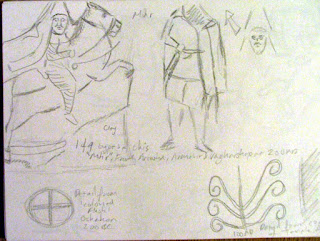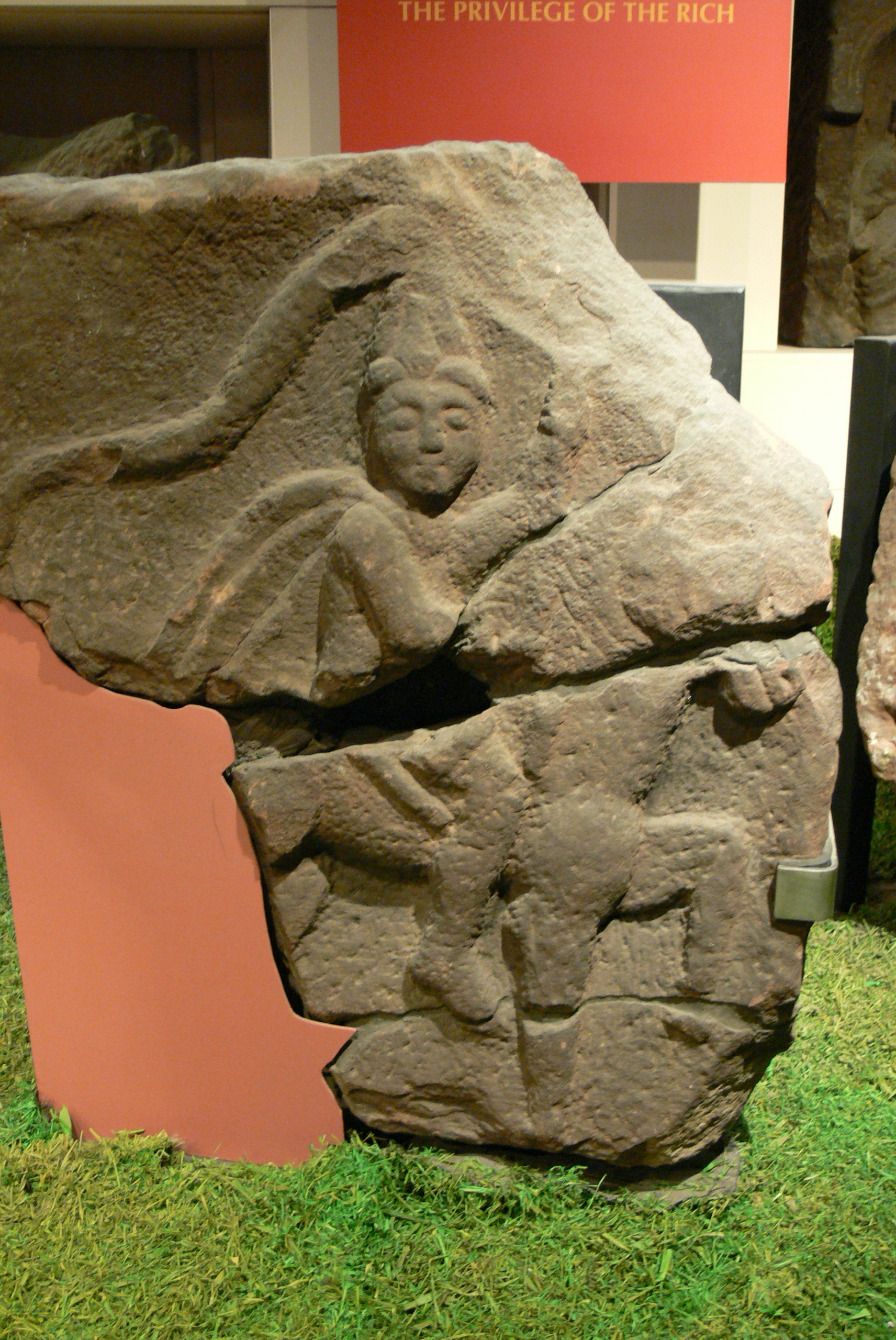Below is my rendering from my sketch of a bust of a man, said to have been found in Yerevan and dated to 200 A D.
The stone was Tufa and of a purplish colour.
It was about 30 cm from the top of the head to the bottom of the neck.
What strikes me is the appearance it has to Antoninus Pius, particularly the eyes.
The clay statuettes I reckon are the work of Romans for Romans, occupying Armenia, at least during the time of Marcus Aurelius.
If this bust is meant to depict Antoninus Pius, it would make sense. Though Yerevan in that era did not exist, there were only the ruined Urartuan settlements of Erebuni, Garmir-Blur and Arinberd to the south-east and south.
However during the 1930's when the "Moscow Cinema" was built in Yerevan, two columns were found, underneath the church of St. Paul and Peter that was demolished to make way for the cinema.
So there was at least a temple in the Roman era, were Yerevan now is.
The stone was Tufa and of a purplish colour.
It was about 30 cm from the top of the head to the bottom of the neck.
What strikes me is the appearance it has to Antoninus Pius, particularly the eyes.
The clay statuettes I reckon are the work of Romans for Romans, occupying Armenia, at least during the time of Marcus Aurelius.
If this bust is meant to depict Antoninus Pius, it would make sense. Though Yerevan in that era did not exist, there were only the ruined Urartuan settlements of Erebuni, Garmir-Blur and Arinberd to the south-east and south.
However during the 1930's when the "Moscow Cinema" was built in Yerevan, two columns were found, underneath the church of St. Paul and Peter that was demolished to make way for the cinema.
So there was at least a temple in the Roman era, were Yerevan now is.






+of+Media.jpg)




















